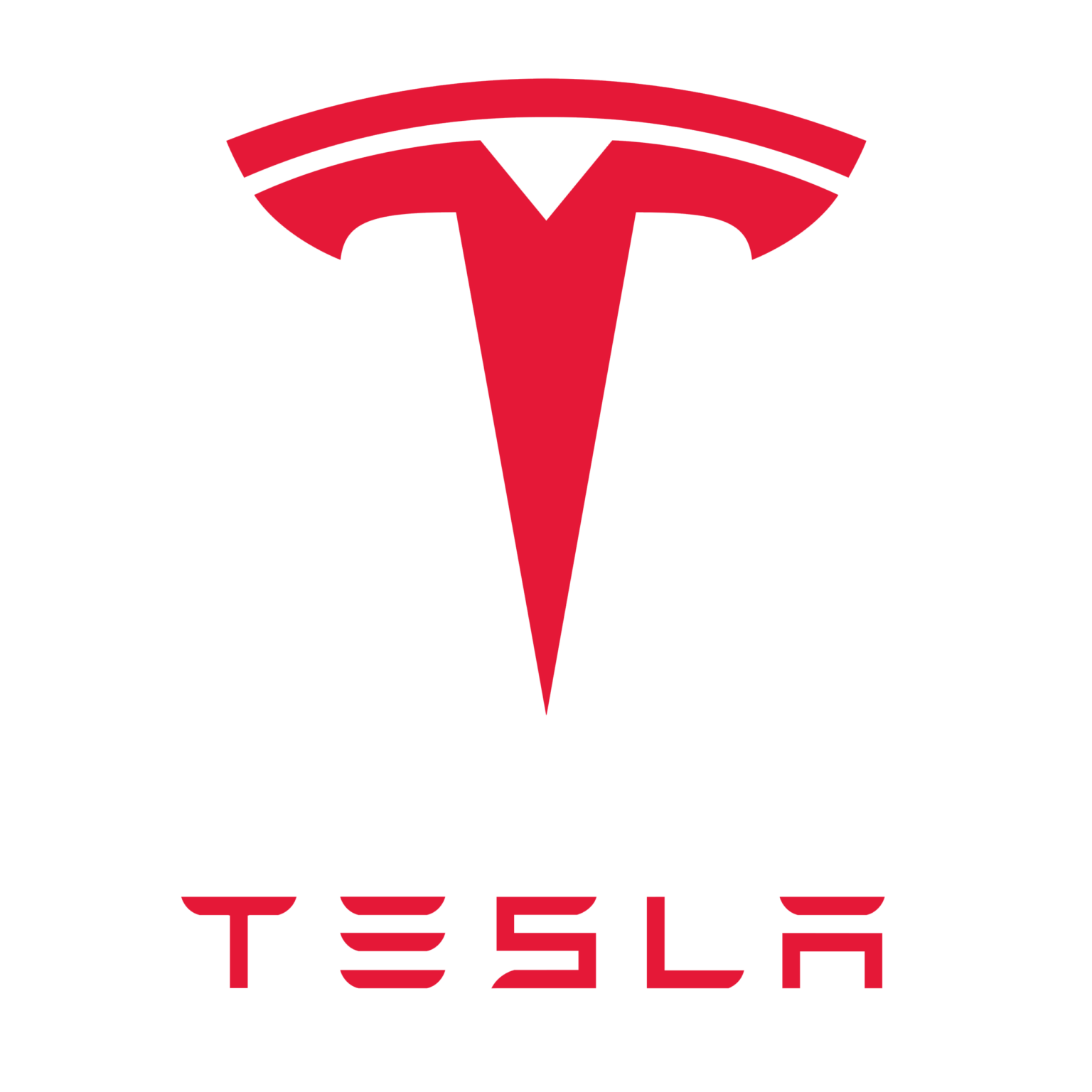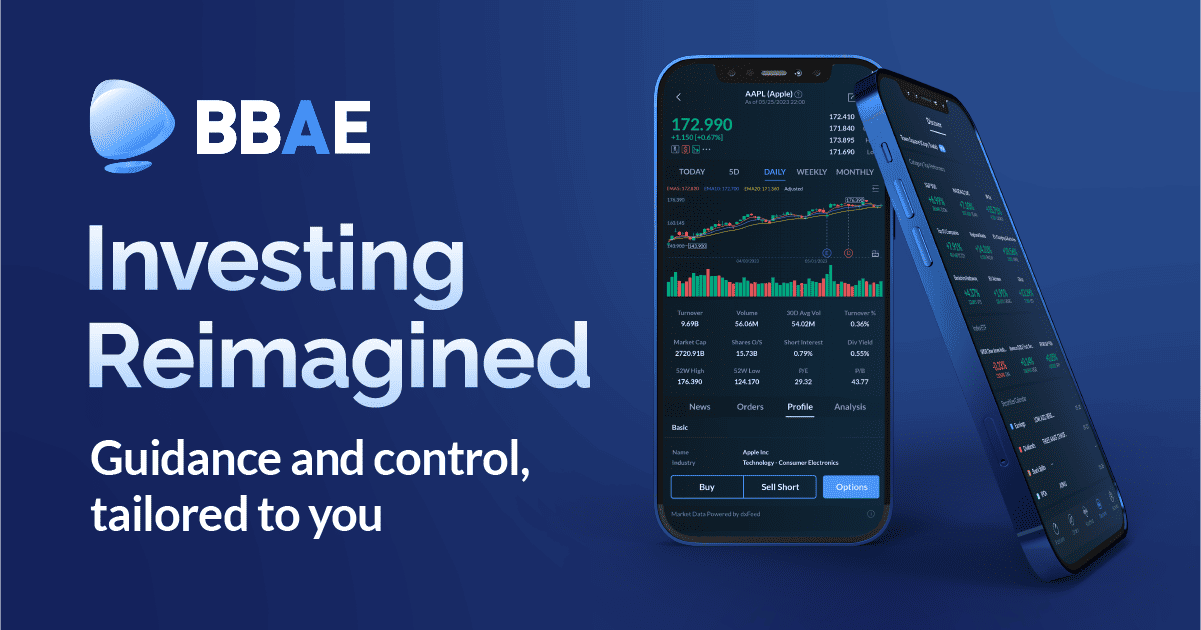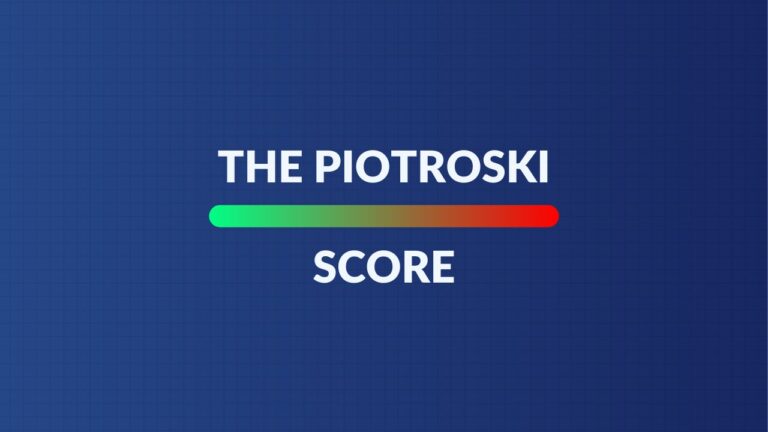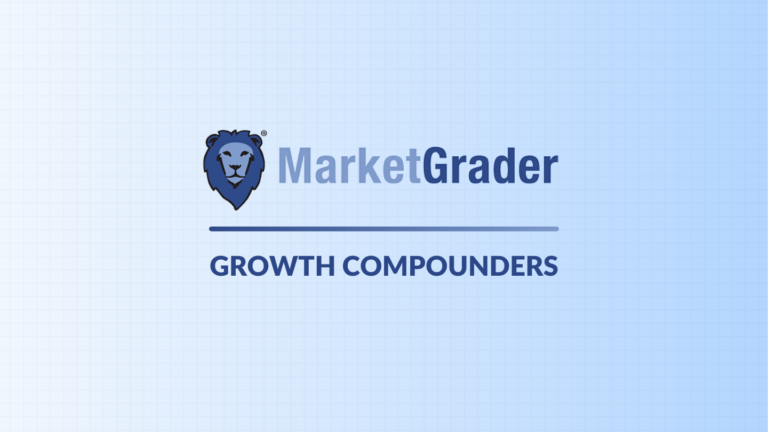Tesla ($TSLA) – Earnings Review – July 23, 2024

Demand
- Beat revenue estimates by 3.2%.
- Beat auto revenue estimate by 0.9%.
- 2 out of 3 Tesla sales during the quarter were to brand new customers.


Source: Brad Freeman – SEC Filings, Company Presentations, and Company Press Releases
Profits & Margins
- Missed EBIT estimates by 13%. OpEx rose 39% Y/Y.
- Missed $0.58 EPS estimates by $0.06.
- Missed $0.49 GAAP EPS estimate by $0.07.
- Beat GAAP GPM estimates. This was powered by impressive profit strength from its non-auto businesses.
- Missed 16.2% Auto GPM ex-regulatory credits by 160 basis point (bps; 1 basis point = 0.01%). Auto GPM ex-credits: (auto rev ex-credits – auto COGS) / (auto rev ex-credits).


Source: Brad Freeman – SEC Filings, Company Presentations, and Company Press Releases
Tesla makes no non-GAAP adjustment to its EBIT. This quarter, it incurred a $642 million GAAP charge related to restructuring. Without this impact, it would have generated $1.85 billion in EBIT and beaten depressed estimates comfortably. Still, the non-GAAP EPS miss does tell me the sole source of the profit misses was not one-off charges. There were other factors at play, which are discussed later on.
Balance Sheet
- $30.7 billion in cash, equivalents & investments.
- Inventory levels rose 43% Y/Y.
- $7.7 billion in total debt ($2.26 billion is current).
- Diluted share count was roughly flat Y/Y.
Guidance & Valuation
Tesla doesn’t offer much forward guidance. It sees slower auto growth in 2024 vs. 2023, strong energy storage performance and no need for any capital raises.
Tesla trades for about 95× 2024 EPS. Earnings are expected to fall by 18% Y/Y this year and rise by 38% Y/Y next year. Estimate trends had begun to bottom before this report, but this will likely lead to more downward pressure. Here’s how its earnings multiple compares to historical norms:

Call & Letter Highlights
Macro:
A heavy discounting environment from peers and high interest rates continue to heavily weigh on this business. Automotive and energy are both cyclical. Tesla’s structural share gains do buffer some of that cyclicality, but not all of it. Musk sees the pricing competition as very temporary and something the company can seamlessly weather.
Auto Business:
The mass market $25,000 model is on track for 1H of 2025 deliveries. Generally speaking, its new lineup of vehicles is still on track for 1H of 2025 deliveries too. As a reminder, these pull from existing manufacturing capacity and are more so iterations of existing models. The next-gen vehicle lineup should be a 2026 event.
Tesla continues to lean into more financing programs and affordability initiatives (like some price cuts to models and FSD) to help consumers through these tougher times. This will remain the case in Q3. Bulls will tell you what Tesla leadership tells you. They think these decisions make it even harder for negative GPM EV alternatives to try to compete with Tesla. They also think Tesla can “harvest more margin” down the road via software upsells like full self driving (whenever that comes) to eventually plug this upfront profit gap. Finally, bulls will rightfully call out how positive near-future rate cuts would be for this business.
What do bears say? That competition is catching up, Elon’s polarizing dialogue and focus on XAI are hurting the brand and investor sentiment. They’ll say FSD is a pipe dream and will simply keep getting delayed as Waymo and others race ahead. As I have been since I started investing, I’m entirely on the fence. I see credibility and weakness to both sides of this argument and have Tesla placed firmly in my too hard pile to invest. If I had to own shares or short it, I’d own shares… Elon is impossible to bet against. But luckily, as Buffett tells us, we play in a no strike game.
Cybertruck is still ramping and still a cost per vehicle headwind (Model 3 is still ramping to a lesser degree too in some factories). Without that impact, cost per vehicle fell Q/Q as it continues to enjoy better auto scale. Maturation of its 4680 cell is also a key source of this improvement, as production rose 50% Q/Q and costs tumbled. General input cost disinflation likely helped a bit too, although that wasn’t mentioned on the call.
“We saw a sequential rebound in vehicle deliveries in Q2 as overall consumer sentiment improved and we launched attractive financing options to offset the impact of sustained high interest rates.”
Slide Deck
- Global EV share of the auto market returned to positive Q/Q growth.
- Cybertruck production rose 3x Q/Q (small base). It’s on track to debut its dry cathode 4680 cell for the Cybertruck, which will be a “major cost reduction milestone.”
- Regulatory credits were highly elevated due to fulfilling emissions requirements.
- Discounting and lower deliveries were revenue headwinds while Cybertruck and regulatory credits were tailwinds.
- AI investments led to sharper OpEx growth while continued 4680 cell maturation helped Tesla find some operating efficiency gains.
- The Shanghai factory materially grew deliveries Y/Y.
Tesla Market Share Chart:

FSD, Robotaxis & Optimus:
Tesla set a new October 10th date for its robotaxi event to give the team more time to add more products to the pending launch. Musk sees version 12.5 as a “step change” of improvement, which is similar to his commentary from the last few rollouts. 12.5 merges highway and city software for a slicker experience and continues to widen the gap between driver interventions. Elon sees unsupervised FSD as happening by the end of this year or next year. To be fair, he is routinely wrong and overly optimistic when it comes to launch timelines. He will explicitly tell you that. Flying reusable rockets and solving for autonomous driving is kinda hard.
“Based on the current trend, we should get miles between interventions high enough for unsupervised [FSD] possibly by the end of this year. I would be shocked if we cannot do it next year.”
CEO Elon Musk
In terms of licensing FSD to legacy manufacturers, that’s still the plan. These automakers, however, move very slowly. It will take them years to implement Tesla FSD in their own cars and for revenue to start flowing. That’s both annoying and encouraging for gauging the durability of Tesla’s EV edge. GM and Ford just don’t move quickly. Tesla does.
Musk doubled down on his belief that Optimus will be the firm’s most valuable product to date. Version 1 is planned for 2025 production for internal Tesla usage. It expects to have “several thousand” Optimus robots “doing useful things” in 2025 before launching this product for other external customers in 2026. Tesla is convinced that it’s far ahead here.
- Musk told investors that GM delaying its autonomous vehicle concept wasn’t due to regulators but that he thinks “GM can’t make it work.” Considering how quickly Waymo and Zoox are progressing, I agree with Musk.
- Tesla will soon ask for approval on supervised FSD in Europe and China. They’re confident in getting the needed licensing this year.
- Optimus is now performing some tasks in one of its factories.
Dojo, GenAI Hardware & XAI:
Tesla is hard at work on its supercomputer and GenAI infrastructure. It has its sights set on catching up to Nvidia, and finds that as an operational imperative. I found that highly interesting. Other mega-caps have all but conceded they can’t catch Nvidia’s GPU lead. Most are making their own chips for other, less complex use cases. Tesla says not so fast. Nvidia’s lead is fostering absurd pricing power. Tesla doesn’t want to pay up. And? It sees vertical integration here (and across all layers of the AI stack) as an efficiency force multiplier for margin and pace of innovation.
Musk “supports” more direct collaboration between Tesla, Grok and XAI. He got a bit defensive about XAI, which was likely a response to all of the conflict of interest criticism he has recently received. To be fair, I do get why Tesla shareholders would not want GPU orders going to XAI. Musk told us that Tesla had no use for these GPUs yet, as it was still building out capacity to support them. He also told us his goal was to hire these people at Tesla. They supposedly just had no interest in working on anything but general AI.
In terms of how the autonomous fleets will work, Tesla cars will “only be used in the Tesla fleets and not for 3rd party autonomy. I still think it’s somewhat inevitable that these Tesla fleets will plug into Uber and Lyft demand to optimize occupancy rates and car margins.
It’s almost done with its Giga Texas expansion, which includes its “largest training cluster to date.” This includes 50,000 H100 chips. As a reminder, Tesla considers itself the “most efficient AI inference company in the world.” If they’re right (or even close to right), these investments make sense. It reiterated its $10+ billion 2024 CapEx guide.
Energy Storage:
- Energy deployments for Tesla were quite strong, with 158% Y/Y growth. Megapack and its Powerwall product both performed well.
- The Powerwall 3 product (newest iteration in that line of hardware) is enjoying a very successful rollout.
“While we expect production to continue to grow sequentially, deployments will continue to fluctuate. Deployment timing depends on many factors, including project milestones and logistics timing as we deliver product globally from a single factory.”
Slide Deck
Politics:
European tariffs on Chinese car imports are leading Tesla to rethink its supply chain a bit. Per CFO Vaibhav Taneja, Tesla is “working furiously to offset rising costs, but they may impact profits near term. Tesla may lean away from Shanghai vehicle and battery exports to lower costs. It actually sees these new taxes as a layer of inefficiency that will benefit it long term. Why? Because inefficiency hurts weaker competitors with lower margins more than Tesla. Today’s relative pain is tomorrow’s material gain. Trump’s Mexican tariff threats are also leading to Tesla putting Giga Mexico plans on hold.
Take
This was a rather uneventful quarter for Tesla. We didn’t learn a lot. As long as rates remain this elevated and discounting from competition this steep, I don’t see how results could sharply inflect. Bulls are betting on that macro cycle turning (which it soon should) to get this auto business humming once more. If that can happen while unsupervised FSD is cleared, Optimus revenue begins to ramp, and its next-gen vehicle program finds traction, there could be a lot to like here. You just may have to wait a few (or several) quarters for certainty surrounding those projects to begin to surface.











